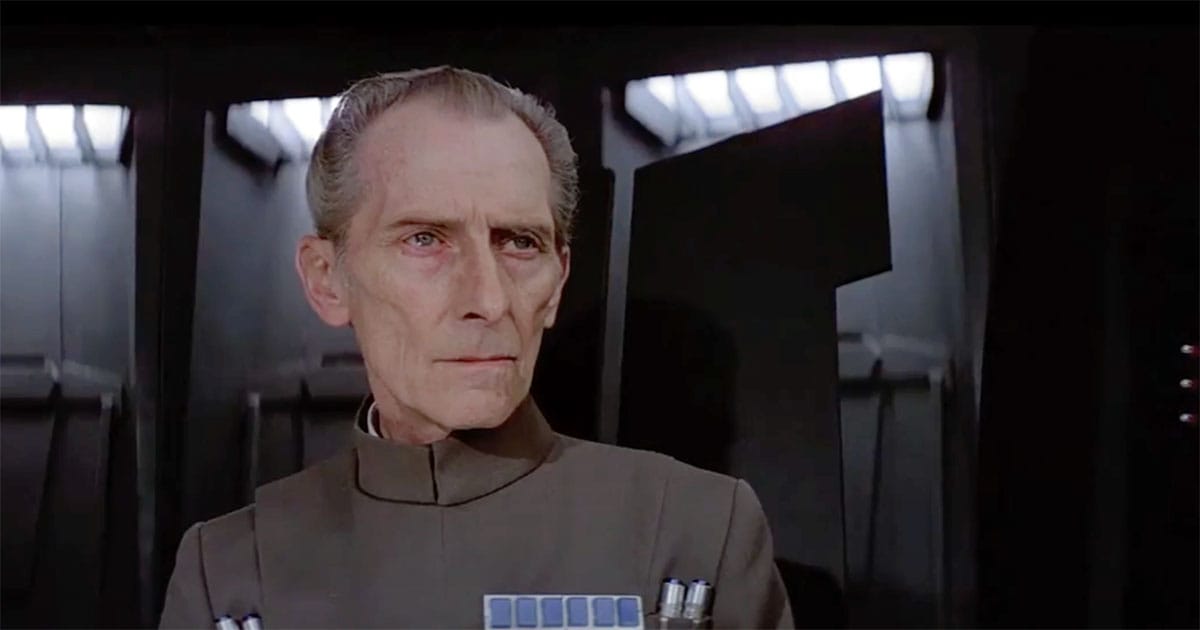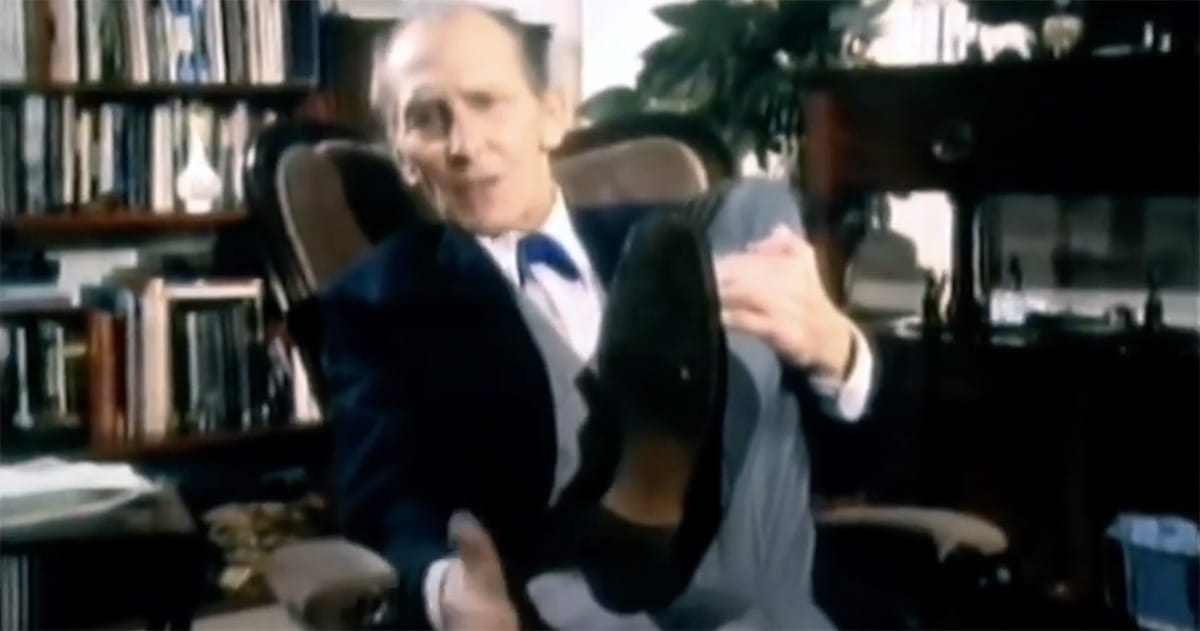Peter Cushing Wore Slippers in "Star Wars"
Peter Cushing wore slippers while playing Grand Moff Tarkin in "Star Wars" because his boots were too tight, a behind-the-scenes choice that reveals the ingenuity of classic sci-fi filmmaking.

The Slippers of Grand Moff Tarkin
In "Star Wars" from 1977, Grand Moff Tarkin walks the halls of the Death Star with calm menace and absolute control. His speech is clipped and formal. His presence is commanding. Yet what the audience never sees is what Peter Cushing, the actor behind Tarkin, wore on his feet. They were not regulation Imperial boots but simple bedroom slippers.
The explanation is charming and practical. The boots supplied for his costume were painfully tight. Rather than suffer through long days of filming, Cushing asked to wear slippers instead. The film crew made adjustments. They framed most of his shots from the waist up. The result is seamless on screen. No one notices anything unusual.
What this story reveals is not just a quirky bit of trivia. It tells us something about how "A New Hope" was made. The production operated with modest resources and a great deal of ingenuity. Everyone from the director to the costume department found ways to solve problems quickly. Cushing's slippers are a small but perfect example of this hands-on filmmaking style.
They also remind us that science fiction succeeds when it is grounded in human performance. The sets may be made of plywood and paint. The uniforms may pinch or pull. Yet, it is the actors who bring gravity to the story. Cushing's performance as Tarkin is unforgettable not because of what he wears but because of how he speaks and moves. The audience believes in the character because the actor believes in the work.

Peter Cushing was no stranger to this kind of challenge. He had made his name in British horror films, where he often wore costumes just as elaborate. What mattered to him was the integrity of the performance. On the set of "Star Wars," he treated his role with seriousness even when standing in soft shoes.
This contrast between the softness of slippers and the sharpness of command creates an odd sort of charm. It adds to the legend of how this scrappy space opera became a cultural giant. Every choice mattered. Every detail added weight. Even the decision to hide a pair of slippers helped preserve the illusion.
At its core, science fiction is about imagination grounded in discipline. The spaceships and star empires need to feel real to carry the story. And that reality often depends on the smallest human touches. A voice held steady. A glance held too long. Or, in this case, a pair of worn house shoes hidden just out of frame.
Cushing's slippers are more than a footnote. They are a symbol of how science fiction is built. Not just from effects and costumes but from craft and compromise. They show how a great actor and a practical solution can bring a fictional world to life.

